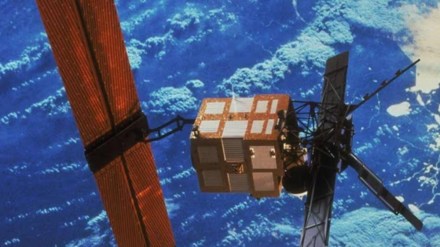A 30-year-old European satellite lost its way and re-entered Earth’s atmosphere on Wednesday, February 21. The pioneering European satellite, known as ERS-2 was seen somewhere between Alaska and Hawaii at 5:16 pm after serving almost 30 years in orbit.
According to the European Space Agency, the satellite ERS-2 was launched in 1995. It’s believed that ERS-2 has fragmented, with most of its parts incinerating upon re-entry and the remaining debris descending into the ocean below.
Launched in 1995, ERS-2 marked a milestone in European space exploration, hailed as the most advanced Earth-observation satellite of its time. According to the ESA, it played a pivotal role in reshaping our comprehension of the climate crisis.
The European Space Agency (ESA) unveiled photographs capturing the descent of the ERS-2 satellite towards Earth’s atmosphere, shared on Monday. Captured between January 14th and February 3rd, the images depict ERS-2 at an altitude exceeding 300km (186 miles).
As it hurtled towards Earth at over 10km (6 miles) per day, ERS-2’s descent accelerated rapidly in its final hours. It is presumed that the satellite began to fracture and disintegrate around 80km above the Earth’s surface. Pinpointing the exact moment proved challenging due to fluctuating atmospheric conditions affecting drag forces on the satellite and its tumbling motion.
Most of ERS-2 likely vaporized upon re-entry, and any surviving fragments are anticipated to disperse randomly across an extensive oceanic area spanning hundreds of kilometers in length and tens of kilometers in width.
ESA emphasized the minimal risks associated with satellite re-entries, stating, “It’s worth highlighting that none of the elements that might re-enter the atmosphere are radioactive or toxic.”
